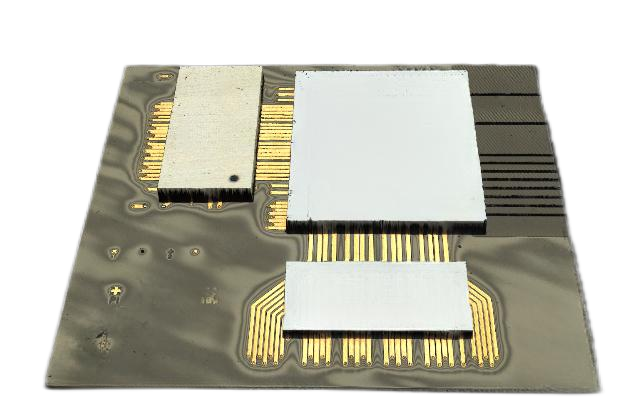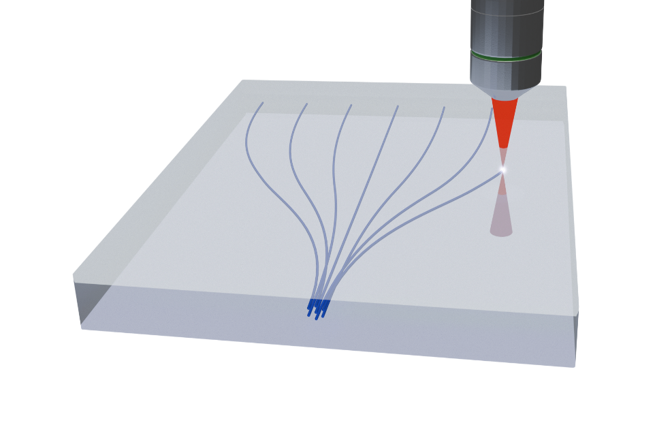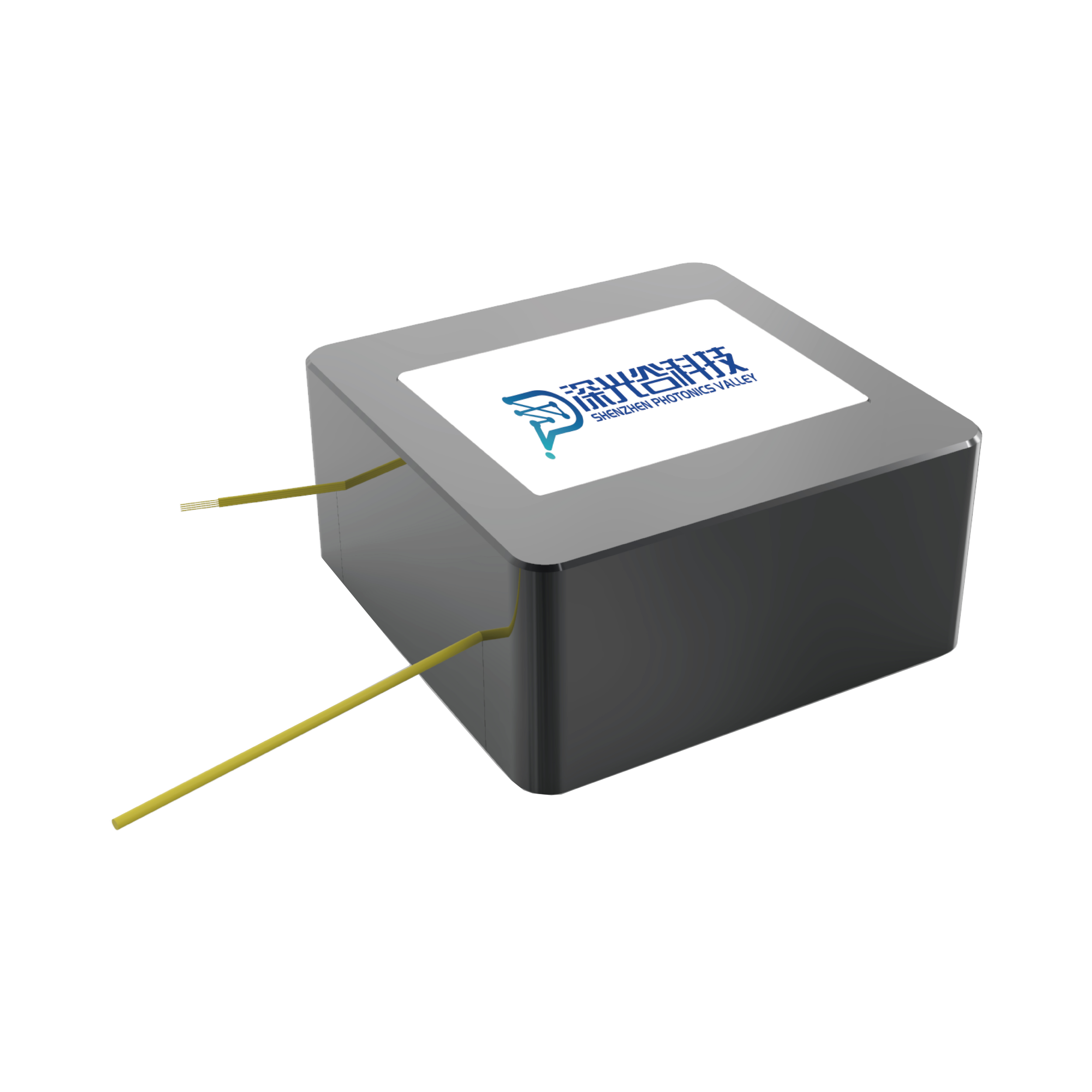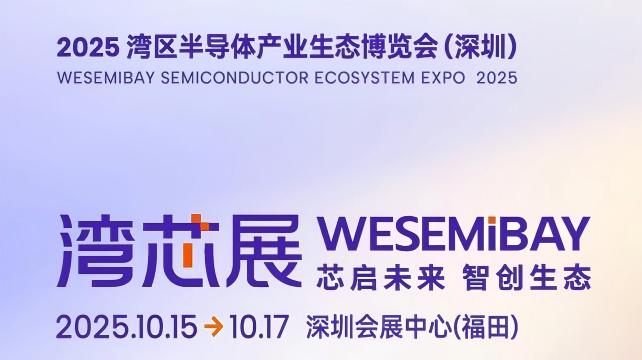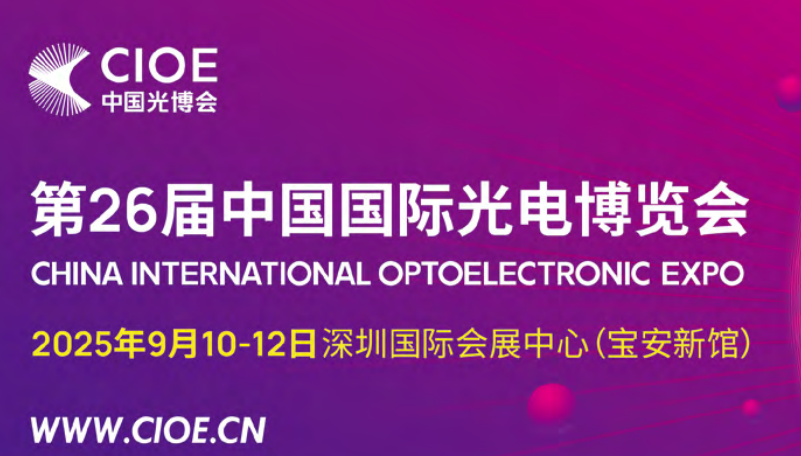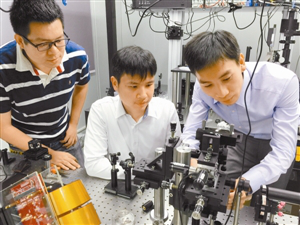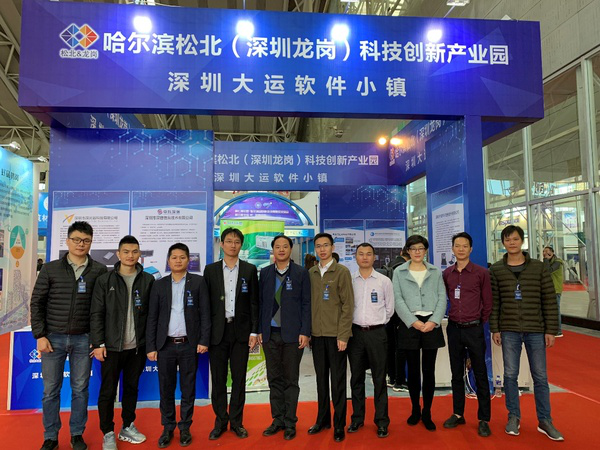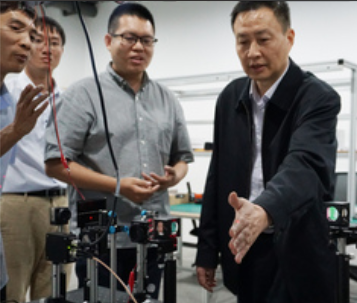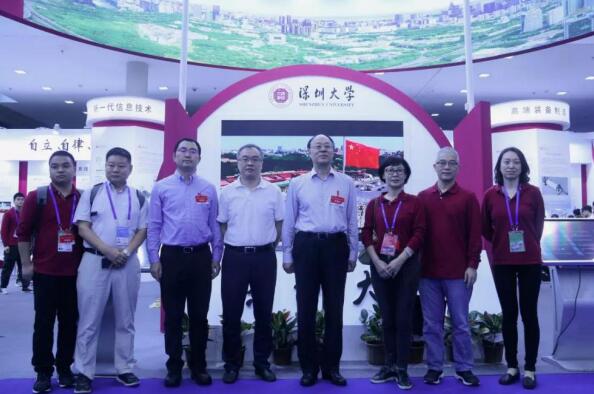TGV
The TGV (Through Glass Via) glass substrate packaging technology is an innovative vertical electrical interconnection technology. By forming vertical micro vias on the glass substrate, it enables high-density interconnection between chips, and between chips and substrates. This technology originates from the TSV (Through Silicon Via) technology, but it uses glass as the substrate material, addressing issues such as high loss, high cost, and complex processes of traditional silicon-based interposers. The TGV technology has advantages such as excellent high-frequency electrical characteristics, large-sized ultra-thin glass substrates, superior mechanical stability, and good thermal conductivity. It is widely applied in fields such as sensors, CPUs, GPUs, AI chips, display panels, and advanced semiconductor packaging, driving the innovation of high-performance computing and chip packaging technologies.
More




